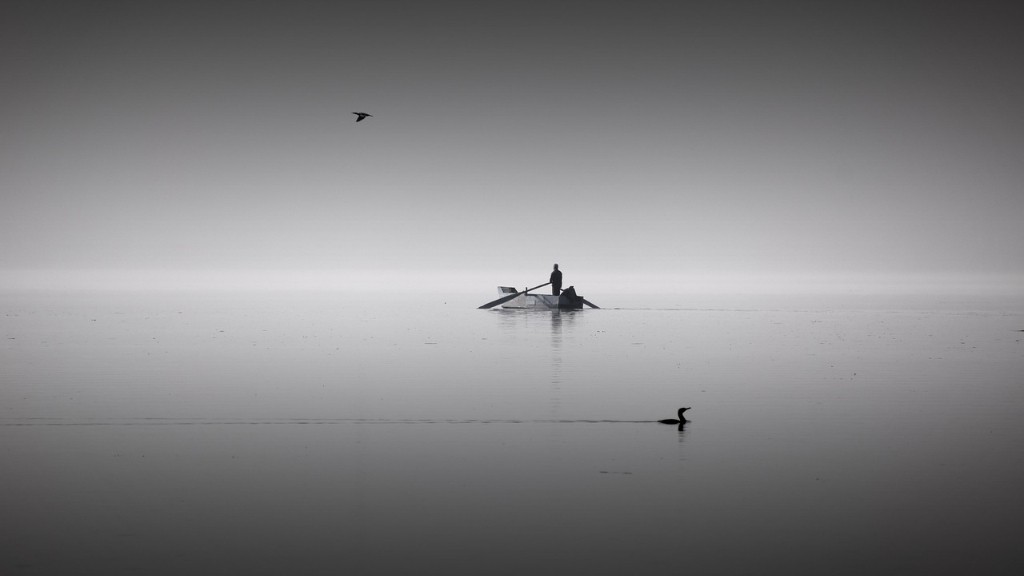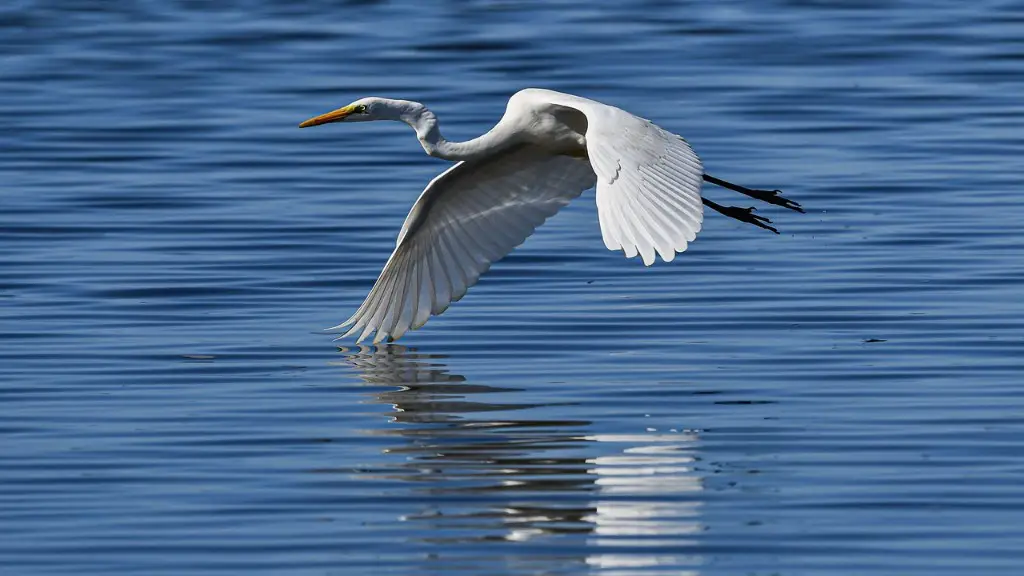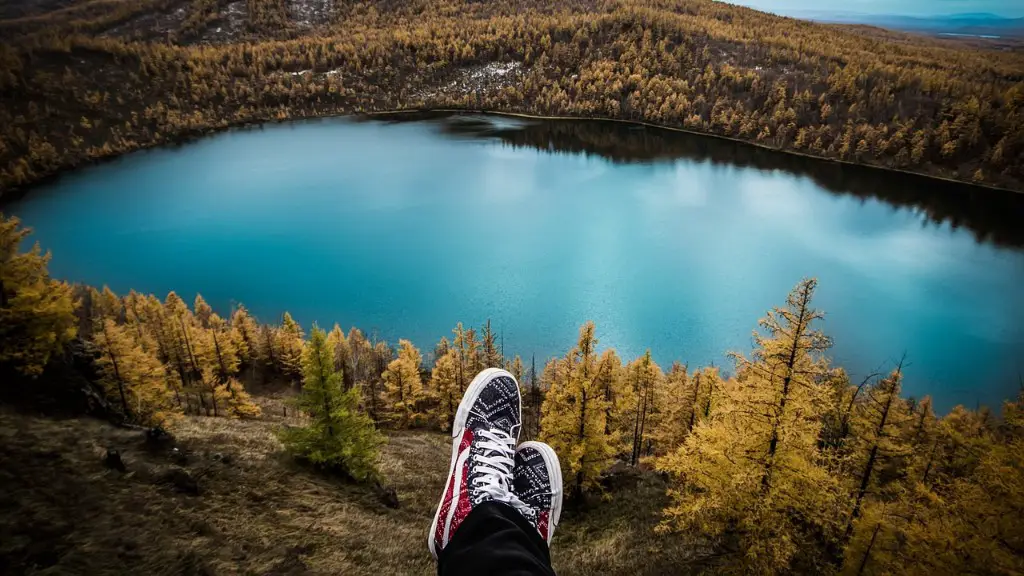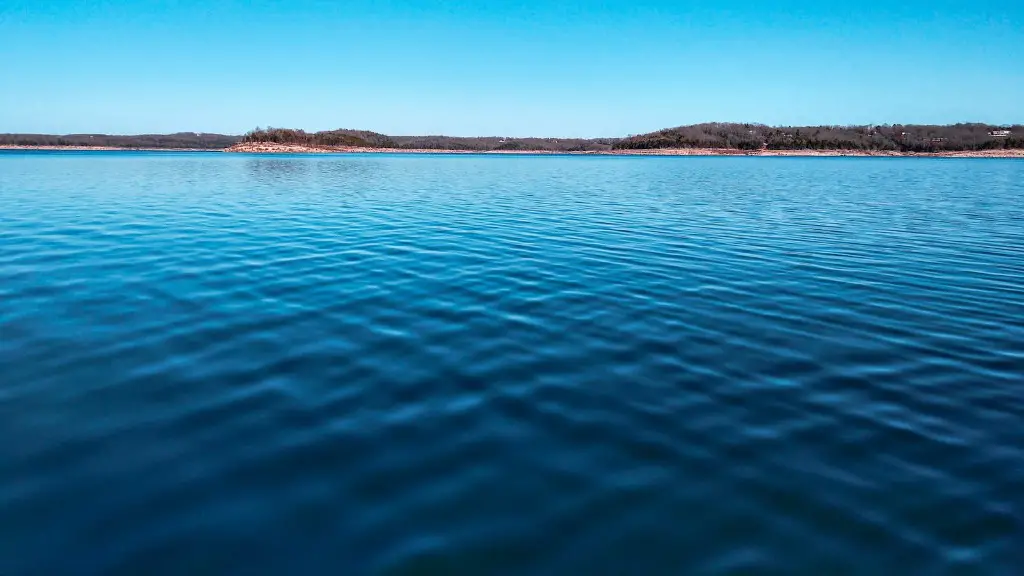Lake Superior is the largest of the five North American Great Lakes. It’s an awe inspiring body of water that draws kayakers, sailors and tourists alike each year. But what’s lurking beneath the surface of this massive lake? Is it possible that freshwater sharks are swimming in the depths?
The answer is no, there are no freshwater sharks in Lake Superior. Sharks are an ancient species going back to prehistoric times. They’ve evolved to live in the salty waters of the ocean and can’t survive in freshwater lakes. In fact, freshwater sharks simply don’t exist. So if it’s not a shark, what is causing the occasional sighting of strange animals in Lake Superior?
The real mystery aquatic animals in Lake Superior are sturgeon. These ancient fish species have existed for over 200 million years and live in rivers and large bodies of water. Sturgeon have an unusual appearance and can grow up to eight feet long. It’s their size, scales, and their distinct dorsal fins that likely cause them to be mistaken for sharks.
Each spring, mature sturgeon head upriver to spawning grounds, leading some to reveal themselves in open areas, giving kayakers and tourists a surprise. They aren’t dangerous, they simply appear to be strange looking shark-like creatures to the unsuspecting eye.
University of Wisconsin-Superior biologist, Eric Fielder, has been studying the sturgeon population in Lake Superior for over ten years. Fielder and his team use sonar mapping, radio tagging and other methods to understand the movements and lifecycle of sturgeon. They discovered that sturgeon can live up to 100 years old, which is particularly impressive given the potential environmental risks they face due to pollution and overfishing.
The research team has also found that the sturgeon population is on an increase. This is an encouraging sign for the Lake Superior ecosystem and for the future of sturgeon in the area.
Although freshwater sharks may not exist, the mystery creatures of Lake Superior certainly do, and they are likely to keep provoking awe in the hearts of kayakers and sailors for many years to come.
Environmental Threats to Lake Superior’s Sturgeon Population
Sturgeon in Lake Superior face threats from environmental pollution and overfishing. Sediment runoff, chemical inputs, and phosphorous all enter the lake from agricultural and industrial sources and can disrupt the natural ecosystem of the lake and potentially harm the sturgeon population.
The presence of invasive species, such as zebra mussels, also put stress on the lake’s food chain and can reduce the number of aquatic organisms available for the sturgeon to eat. In addition, sturgeon are sometimes overfished, which can reduce the number of fish in the lake and the reproductive potential of the population.
These threats can have a serious impact on the sturgeon of Lake Superior, but there are measures that can be taken to reduce their negative impact. For example, local authorities have implemented fishing regulations and created protected areas for sturgeon spawning ground to preserve their population.
In addition, government agencies and other conservation organizations have created water quality standards to monitor and reduce industrial runoff and other pollutants entering the lake. These measures have been shown to have a positive impact on the lake’s health and on the population of sturgeon living in its waters.
In order to protect Lake Superior’s sturgeon, it is important that conservation groups, authorities, and individuals continue to take action and work together to reduce environmental threats and overfishing.
What are the dangers of Sturgeon encounters?
Although the sturgeon of Lake Superior is not dangerous to humans, they are a large and powerful fish. A sturgeon can jump up to five feet out of the water, so it is important to be cautious when encountering one.
That being said, sturgeon are not aggressive and will usually stay away from humans. It’s important to give them their space, as it’s illegal to harm, harass, or capture them.
Sturgeon aren’t the only species of fish that can be found in Lake Superior. Northern pike, lake trout, lake whitefish, walleye, and lake herring are also common, and could potentially be dangerous if handled improperly.
If you encounter a sturgeon or other large fish, it’s important to stay back and watch the animal from a safe distance. Fishermen should also be careful when handling large fish, as they can be powerful and potentially dangerous.
What Species of Sturgeon are Found in Lake Superior?
The most common species of sturgeon found in Lake Superior is the lake sturgeon (Acipenser fulvescens). This species is native to the Great Lakes and can be found in a variety of habitats, from slow-moving streams to large rivers and deep lakes.
In Lake Superior, the lake sturgeon is most commonly found near the shore in shallow waters. The fish can grow to over six feet long and can weigh up to 300 pounds. It is easily distinguishable by its long body, torpedo-shaped head, and strong, bony plates on its back and sides.
The lake sturgeon is an important food source for local wildlife and a culturally significant species for native and non-native tribes in the area. It is also a popular species amongst sport fishermen, who pursue the fish for its size and fighting qualities.
While sturgeons are common in Lake Superior, their numbers are in decline due to overfishing, pollution, and other environmental factors. Fishing regulations and other conservation efforts have been put into place in order to protect the species and rebuild its population.
How Can We Protect Lake Superior’s Sturgeon Population?
Protection of Lake Superior’s sturgeon population is key to the lake’s ecosystem and to the health of the species. To ensure the future of sturgeon in the area, it is important that various measures are taken to reduce environmental threats and overfishing.
These measures include reducing pollution, protecting spawning grounds, and implementing fishing regulations. In addition, it is important to raise awareness of the sturgeon population and educate the public in order to promote respect for the fish and the lake’s ecosystem as a whole.
Individuals and communities can also take steps to protect the sturgeon population. For example, local residents can volunteer to help clean up the shoreline and monitor water quality. Businesses can reduce runoff and pollution by following environmental guidelines. And anglers can practice catch-and-release fishing to reduce the number of fish removed from the lake.
The sturgeon of Lake Superior are an important part of the region’s wildlife and deserve to be protected. By taking action and working together, we can ensure the future of this ancient fish and the health of Lake Superior’s ecosystem.





